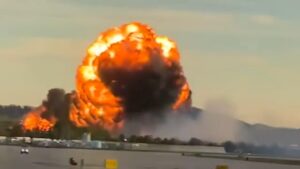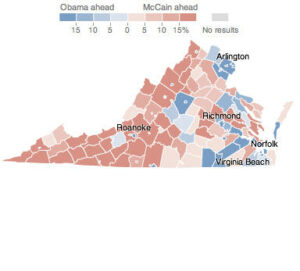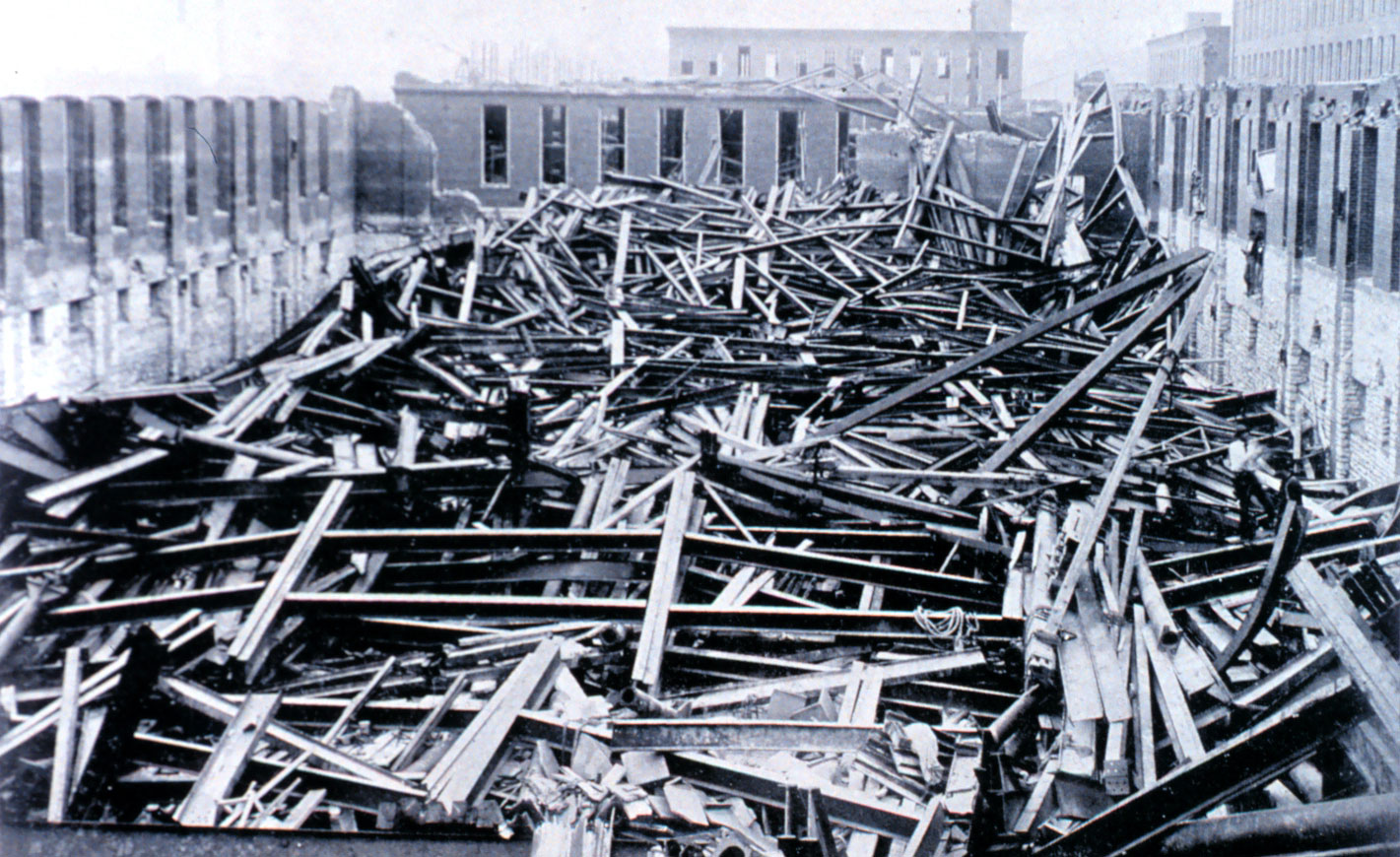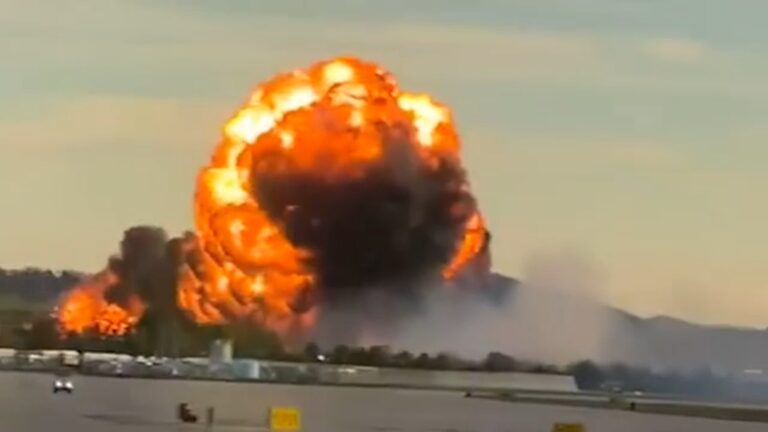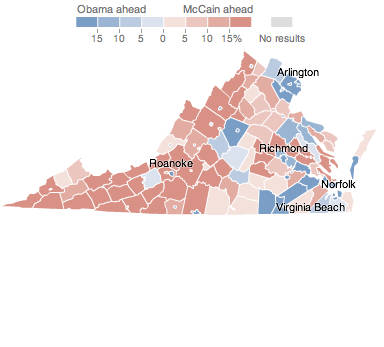The Great St. Louis Tornado: A Historical Overview and Modern Implications
The term “St. Louis tornado” might bring to mind various images, from awe-inspiring natural phenomena to historical devastation. The most infamous among these is the Great St. Louis Tornado of 1896, which left a profound impact on the city and its residents. In this blog post, we will delve into the details of this catastrophic event and explore its lasting implications on urban planning, emergency management, and community resilience.
A Retrospective on the Great St. Louis Tornado
The Great St. Louis Tornado struck on May 27, 1896, and is often regarded as one of the most powerful tornadoes in U.S. history. Spanning a path of approximately 4.7 miles, the tornado reached a peak intensity estimated as F4 on the Fujita scale, resulting in catastrophic destruction.
According to the National Centers for Environmental Information (NCEI), this tornado caused the death of at least 255 individuals and injured over 1,000 others. Buildings were obliterated, and the tornado’s violence altered the landscape of portions of the city.
The Path of Destruction
The tornado originated in the southern part of St. Louis and progressed northeast, wreaking havoc primarily in the neighborhoods of St. Louis, particularly in the area known as the St. Louis Riverfront. The intense winds uprooted trees, lifted roofs off buildings, and in some instances, completely leveled structures within its path.
Witnesses spoke of hearing a continuous roar, describing the sound as a freight train as the tornado approached. The violence was so severe that even the brick and mortar buildings were not spared. Entire neighborhoods were wiped off the map, and the aftermath was a picture of devastation.
Lessons Learned: Impact on Urban Planning
In the wake of the tornado, St. Louis faced the challenge of reconstruction and recovery. This was a pivotal moment for urban planning, as it led to an increased awareness of the potential for severe weather and the need for preparedness.
City planners began incorporating more robust building codes and designs that could withstand powerful storms. Furthermore, the tornado prompted the city to invest in better forecasting technology and emergency management systems, aimed at protecting the populace in the face of nature’s fury.
The Importance of Modern Technology in Disaster Management
Fast forward to today, and we see the influence of technology in disaster management processes. Advanced data analytics, AI, and sophisticated weather mapping systems allow for accurate predictions of severe weather systems. Businesses should also consider implementing AI solutions and automating workflows to ensure they are prepared for emergencies.
Using platforms like n8n, businesses can design automated workflows that respond to weather alerts. For instance, a company could set up a trigger that alerts employees through various communication tools (email, SMS, etc.) when a severe weather warning is issued. Such systems integrate data collection with immediate action, enhancing preparedness.
Community Resilience: Learning from the Past
The tragic events of the St. Louis tornado underscore the necessity of community resilience. Much has been learned since 1896 about reinforcing structures, emergency response planning, and the importance of community engagement in disaster preparation.
Today, local governments and organizations prioritize public education on emergency protocols and the significance of having a disaster kit and communication plan in place. Community involvement is crucial during both the preparation and recovery phases.
Moving Forward: Creating a Safer Future
As we reflect on the St. Louis tornado and its implications, it becomes clear that a multifaceted approach is critical. This approach should include embracing technology, enhancing urban planning, and fostering community involvement.
By leveraging AI consulting and integrating solutions like n8n for automated workflows, businesses can streamline their processes, ensuring that they remain resilient against potential disasters.
Moreover, educating current and future generations about the history of such events and the lessons learned can empower communities to adopt proactive measures.
Conclusion
The Great St. Louis Tornado of 1896 was not just a moment of tragedy, but also a catalyst for change in the realms of urban planning, emergency management, and community resilience. It serves as a reminder of nature’s power and our need to adapt and prepare. With the right technologies and approaches, we can build a future that is better equipped to handle severe weather phenomena, ensuring both community safety and business continuity.
By exploring the intersections of history, technology, and modern disaster preparedness, we can create a comprehensive framework that protects lives and livelihoods in the face of impending threats.
